A fascinating article on Picasso and the family business deriving from his legacy in this month’s Vanity Fair. Six numbers of what he left at his death in 1973 will suffice to illustrate the problem: 1,885 paintings, 1,228 sculptures, 7,089 drawings, 30,000 prints, 150 sketchbooks, and 3,222 ceramic works. Just one plaster bust was sold for $105.8 million a year ago.
And then there are the fakes, copies and merchandising of everything from pillows to cars. For authenticity is one of the problems, and Picasso himself didn’t always help.
The article sent me back to a book on Picasso by the great Hungarian photographer Brassaï, who recorded a day in 1943 when a lady brought an unsigned painting to show the artist. “Yes, it’s a Picasso,’ Picasso said, rather oddly. ‘It’s authentic.” So we can understand that the lady then asked him to sign it. But he refused, complaining that people were always asking him to sign things. She asked again, and he refused again. His reasoning was curious, and illustrates the enormity of the problem:
“Non et non, Madame! Si je le signais maintenant, je commettrais moi-même un faux. Ce serait ma signature de 1943 rapportée sur une toile peinte en 1922… Non, je ne peux pas le signer, madame, je le regrette.” (Brassaï, Conversations avec Picasso, 1964, p.86)
In substance, he would commit a fraud himself by signing in 1943 a work painted in 1922. The book is worth reading for some of the best photographs of Picasso ever taken.
